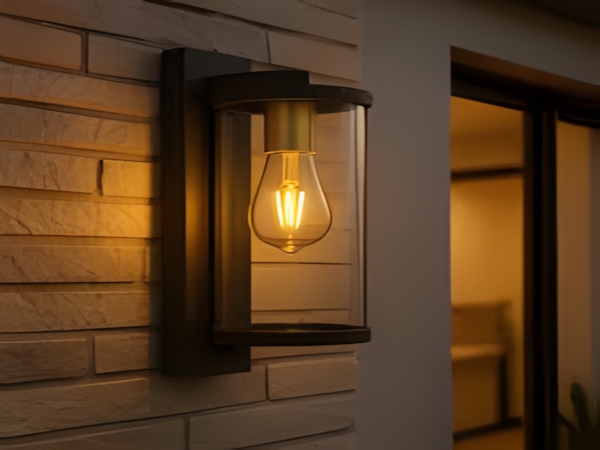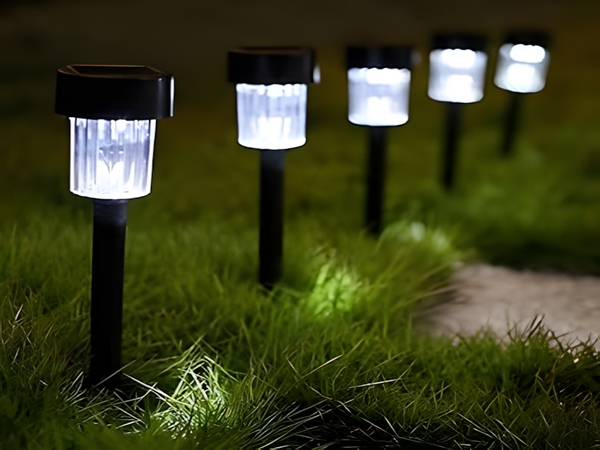
Regardless of what you are buying, price is certainly a major concern, and solar street lights are no exception. Solar street lights have advantages such as good stability, long lifespan, high luminous efficiency, simple installation and maintenance, high safety performance, energy-saving and environmental protection, and cost-effectiveness, which makes them widely used in road lighting. So, what factors are related to the price of solar street lights? Here are some insights.
1. Solar Panels

The influence of solar panels on solar street lights is multifaceted. This influence is first reflected in the materials used; solar panels are commonly made from monocrystalline silicon, polycrystalline silicon, and amorphous silicon. Different materials have varying photoelectric conversion efficiencies. Under the same conditions, monocrystalline silicon has a slightly better efficiency, but at a higher cost. The area of the solar panel also affects the price. To achieve the necessary photoelectric conversion efficiency, besides selecting the right material, the area of the solar panel is crucial. With the same material, the larger the area, the higher the efficiency, and consequently, the higher the price.
2. Lamp Poles
The impact of lamp poles on price is also diverse. One aspect is the material used, with common options including stainless steel and aluminum. Concrete poles have significant transportation limitations, which have made their usage rare today. Compared to steel and aluminum, anodized aluminum has better corrosion resistance, which naturally makes it more expensive. Another factor is the post-processing details; for example, steel can be treated by hot-dip galvanizing or cold galvanizing—the hot-dip galvanized poles have stronger corrosion resistance, and their cost is naturally higher than cold galvanized ones. The height of the lamp pole also influences the price; different heights require varying specifications for pole diameter and materials used, leading to different costs.

3. Controllers
The charging and discharging of batteries are related to the controllers. Controllers typically come in time control, light control, or a combination of both, allowing for easier management of the brightness and timing of solar street lights, thereby enhancing user experience, which naturally increases the price.
4. Batteries
The most common batteries used in solar street lights today are lithium batteries, which offer significantly better performance than previous lead-acid batteries. Their higher price is understandable. The installation environment for solar street lights varies in temperature, leading to different capacity requirements for the batteries, which also affects the price.
The factors influencing the price of solar street lights have been shared here. Additionally, brand also plays a significant role in price, particularly evident in components like controllers and LED bulbs, where brand quality assurance is usually better.



